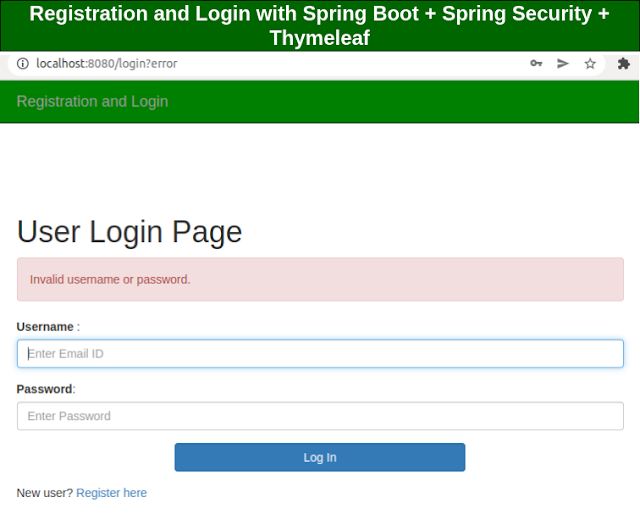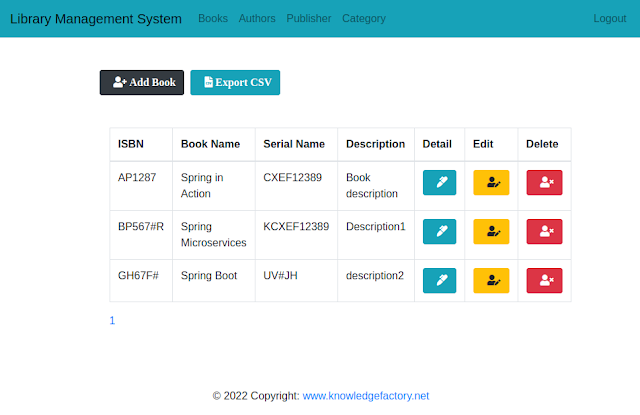Improving Performance with Query Caching in Spring Data JPA
Query caching in Spring Data JPA helps improve performance by reducing database access for frequently executed queries. By caching query results, subsequent requests for the same query fetch data directly from the cache instead of executing a database query.
This guide demonstrates how to implement query caching using Hibernate's second-level cache with Spring Data JPA and Ehcache.
Step 1: Set Up the Project
Add Maven Dependencies
Include the following dependencies in your pom.xml file:
Here, we use Ehcache as the caching provider and Lombok to reduce boilerplate code.
Configure Application Properties
Add the following properties to application.properties:
Step 2: Define the Cache Configuration
Create an ehcache.xml file in the src/main/resources directory:
This defines a cache named employeeCache with a TTL of 5 minutes.
Step 3: Create the Entity Class
Define the Employee entity:
The @Cacheable annotation enables second-level caching for this entity.
Step 4: Define the Repository
Create a repository for the Employee entity:
Step 5: Implement the Service Layer
Add a service class to interact with the repository:
Step 6: Create a REST Controller
Expose an API to fetch employees by department:
Step 7: Initialize Sample Data
Add a DataInitializer class to prepopulate the database:
Step 8: Test the Application
Start the Application
Run the Spring Boot application.
Fetch Data via API
Use Postman or an HTTP client to fetch employees by department:
- GET:
http://localhost:8080/employees/by-department?department=IT
On the first request, a database query will execute. Subsequent requests will fetch data from the cache, improving performance.
Verification: SQL Query Logging
Enable SQL logging to confirm caching behavior. Add these properties:
On the first request, a SQL query will execute. On subsequent requests, no SQL query will appear, confirming the cache is being utilized.
Query caching in Spring Data JPA significantly enhances application performance by reducing database hits for frequently accessed queries. By integrating Hibernate's second-level cache with Ehcache, you can optimize your application's efficiency with minimal effort.









